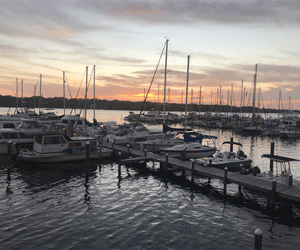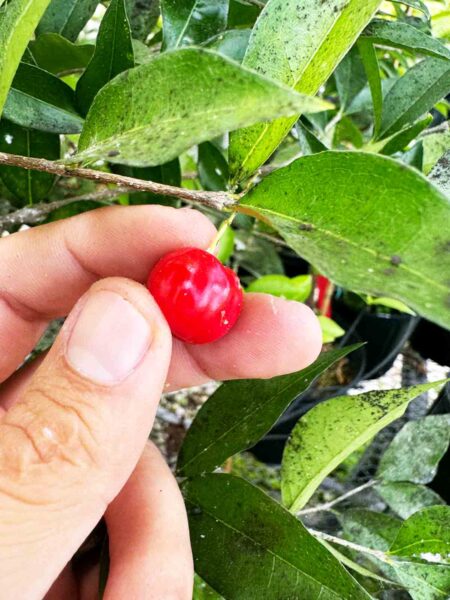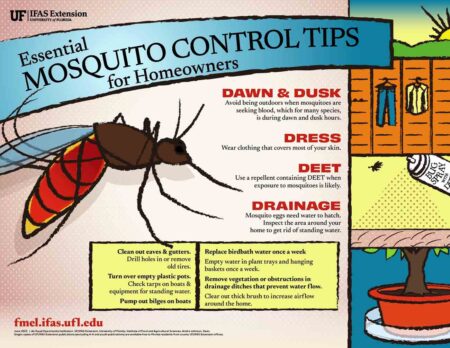Hot temperatures and lawn weed killers (herbicides) are a bad combination. The combination of spraying a lawn with an herbicide and warm temperatures can easily result in lawn damage. Most lawn herbicide product labels will include a statement such as, “Do not use this product when temperatures are expected to be 85°F or above.”
Hot temperatures and lawn weed killers (herbicides) are a bad combination. The combination of spraying a lawn with an herbicide and warm temperatures can easily result in lawn damage.
Most lawn herbicide product labels will include a statement such as, “Do not use this product when temperatures are expected to be 85°F or above.”
Timing is everything when it comes to lawn weed control.
Timing to apply a preemergence herbicide in lawns to target winter annual weeds will be here soon. The weeds that are growing now are not winter annual weeds. The weeds growing in lawns now are weeds that prefer or tolerate warn temperatures. Winter annual weeds exists as seeds now awaiting cooler temperatures to germinate.
A few of the winter annual weeds that will be prevalent in lawns all over North Florida in a few months include annual bluegrass, chickweed, henbit, hop clover, lawn burweed and wild geranium. Common summer annual weeds that are currently growing in lawns include crabgrass, goosegrass, spurge, Florida pusley, doveweed, sandbur and poorjoe.
It is important to understand this timing issue.
When targeting winter annual lawn weeds, you’ll need to apply a preemergence herbicide during the month of October when nighttime temperatures drop to 55° to 60°F for several consecutive nights. This will be just before the winter annual weeds emerge.
When targeting summer annual lawn weeds, you’ll need to apply a preemergence herbicide during February when day temperatures reach 65° to 70°F for 4 to 5 consecutive days. This will be just before the summer annual weeds emerge.
Do not attempt to control summer weeds in your lawn now by spraying a lawn herbicide while we are still having hot temperatures. You may kill the weeds and your lawn, too. The best option on summer weeds now is to continue to mow and let the first killing frost or freeze kill them and plan to apply a preemergence herbicide in February.
If you’ve had a history of winter annual weeds in your lawn, the best option is to apply a preemergence herbicide during October.
Done correctly, the application of a preemergence herbicide forms a chemical barrier along the soil surface preventing the winter annual weeds from emerging. This successfully breaks the lifecycle.
For season-long weed control, a second application of preemergence herbicide may be needed 6 to 9 weeks after the initial application, based on the product’s label directions.
Always follow the label directions and precautions when using any pesticide, including herbicides.
To receive a factsheet on summer and winter annual lawn weed control, contact the Okaloosa County Extension Office and provide your mailing address or email address.
Larry Williams is the Extension horticulture agent with the Okaloosa County Cooperative Extension Service, University of Florida. Contact Larry at 689-5850 or email lwilliams@myokaloosa.com.






